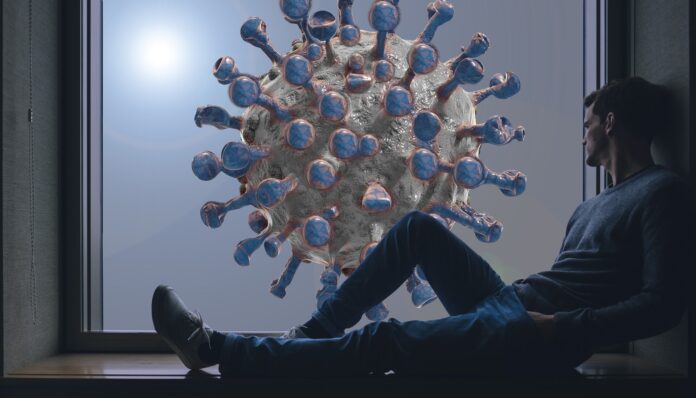Medically treating patients infected with the COVID19 virus has been a long and difficult path for medical professionals globally. As treatment strategies are improving (some countries are decreasing their percentage of deaths), insight into how the virus function has been improving. But, now that the dust has settled, autopsies of victims are showing how unusual the virus is; and more importantly, how long-lasting the effects could be.
Being a coronavirus, it was no surprise that severe cases showed symptoms of pneumonia. Whereas normal pneumonia is located to one or both lungs, but at specific regions, the COVID19 virus causes inflammation of alveoli throughout both lungs. Primarily, this also explained the organ failure of critical patients: lack of oxygen resulted in stress on kidneys and livers.
However, in autopsies, livers and kidneys indicated mass blood clotting. The virus seemed to be infecting specific cells in the body causing the mass blood clots. Mostly, these ‘clotting cells’ generally are not found in these organs, or at such high concentrations. The virus is infecting beyond the pulmonary system, and is travelling within the body.
Nevertheless, the virus has been identified in many regions of the body: the kidneys, the liver, the gut, the spleen, endothelial cells of blood vessels, the heart, and even in parts of the brain. The COVID19 virus is far more than the common cold, and far from the influenza.
These findings are vital in explaining the severity of this pandemic: the pandemic will have long lasting effects on those who have recovered. The idea that the virus is an ‘old persons disease’ is further from the truth. Anyone infected with the disease, young or old, regardless of them being admitted or not, could experience damage to their organs, damage to their lungs, future complications and long roads of recovery. It is still unknown if many of those who have received damage to organs will have a full recovery.
The greatest effect of being infected by COVID19, regardless of age, are neurological issues. A common symptom is the loss of taste and smell (with short to long recovery times), followed by lack of energy, depression, anxiety etc. Even though the virus has been found in tissue samples of the brain, no direct neurological damage by the virus has been found in autopsies. Maybe oxygen starvation is a cause, but, whatever the reason, the recovery rate of neurological symptoms is yet unknown, we are still in early days.
One of the most alarming findings is a French study which had recorded 11 confirmed cases of re-infection, i.e. of people contracting the viral disease for a second time.
Being a coronavirus, one would expect the body would develop an immunity to the virus. For some, this does not seem to be the case. Maybe one can be re-infected. Alternatively, since the virus is within the body, it can re-activate causing a second infection.
Whatever the reason, the virus is more dangerous than first thought. It can affect all ages. It might cause more deaths in the elderly, but it is causing long-term consequences for the rest. Even after recovery, you can still be infectious to others. All we can do is maintain social distancing, self-quarantine when ill, and wear our masks in public.








